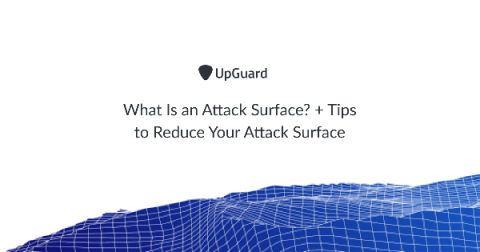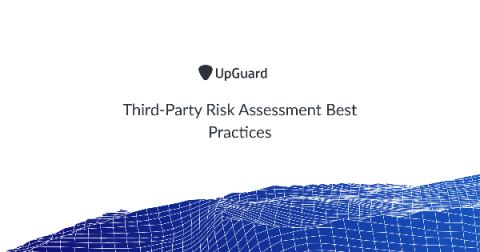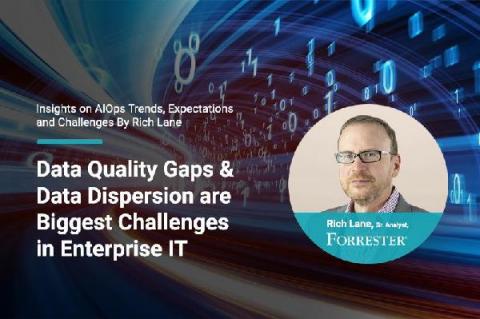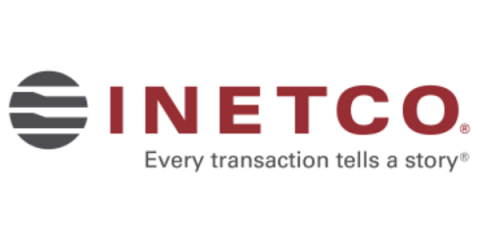What Is an Attack Surface? + Tips to Reduce Your Attack Surface
The attack surface of your organization is the total number of attack vectors that could be used as an entry point to launch a cyberattack or gain unauthorized access to sensitive data. This could include vulnerabilities in your people, physical, network, or software environments. In simple terms, your attack surface is all the gaps in your security controls that could be exploited or avoided by an attacker.









